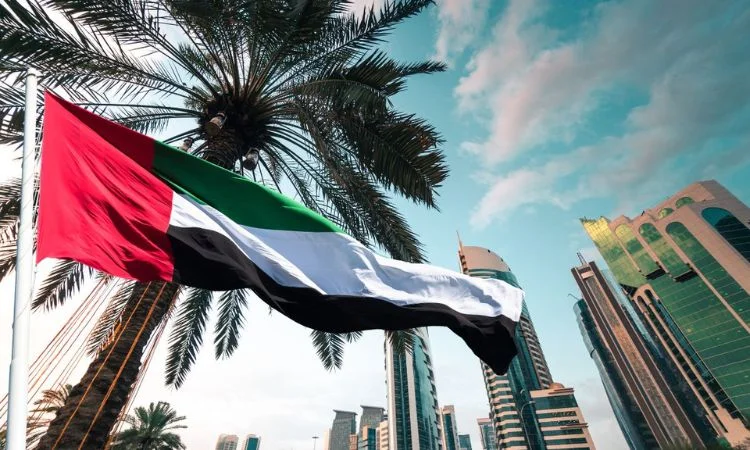According to the ‘UAE Macro Outlook’ from the National Bank of Kuwait (NBK), the macro outlook for the Emirate’s economy is set to grow 4 per cent by 2025, as non-oil sectors comprise the leading economic growth indicators in the country. However, according to the report, inflows into finance and real estate investment have been deemed key drivers of growth for the country.

PC: Emirates 24/7
Investment Inflows and Private Credit Expansion
Investment inflows shot up, with large portions going into financial markets and real estate sectors. The equity market in Dubai went up by 8.5 percent from the start of 2023, and real estate sales rose by 30 percent compared with the same period of last year to reach 375 billion UAE dirhams ($102 billion).
Private credit is also expected to grow robustly in 2024, supporting economic expansion going into 2025. This extension in private credit will be supported by reduced monetary policy and low rates of inflation, thus leading to increased consumer activity within the context of a fast-increasing population.
Real Estate and Financial Markets as Growth Drivers
The real estate market of the UAE is expected to continue its upward trend, especially for luxury apartments. With increased demand, cuts in interest rates in 2025 would only pump the market further, since luxury properties now have relatively lower valuations and higher return potentials.
The prospects clearly outline that financial markets are at the core of foreign capital inflows into the UAE. That interaction will play a crucial role in upholding non-oil economic growth in the UAE between these sectors: real estate and finance.
Rebound in the oil sector and OPEC+ Impact
Non-oil sectors, however, will continue to dominate the economic expansion for the UAE, as the oil sector is expected to bounce back in 2025. In 2024, the oil sector is expected to gain 7.8%, mainly because OPEC+ starts calling back some of its production cuts from December 2024, although it comes in with a mere growth of 0.4%.
NBK forecasts the UAE to produce around 3.4 million barrels by the end of 2025, meanwhile the country is in line to reach its target 5 mb/d production capacity in 2026, or a year ahead of schedule.
Fiscal Position and Government Spending
While the economic environment appears robust in the UAE, the country’s fiscal surplus is expected to shrink over the forecast period. The surplus is forecasted to decline from 3.1% of GDP in 2023 to 1% by 2025 with sustained high government spending and reduced oil prices. However, the fiscal situation in the UAE is still stronger than all of its peers in the GCC.
Ambitious investment and infrastructure projects define the emirate’s government in the federal and Dubai budgets 2025. In the case of the former, an AED 72 billion amount has been allocated for 2025, with the increase rate of 11.5% over the last fiscal year, as compared to the latter having risen by 5.8% to AED 84 billion. This determination on the part of authorities unfolds plans that would keep on pumping fixed public investments for sustained economic growth.
In 2025, the economy of UAE will be characterised by strong growth and the non-oil sector will be central. Through increased investment and the growth of private credit, robust real estate and financial markets expand. The increase in oil will further boost this growth. However, the dwindling fiscal surplus of the UAE is well-supported by its development path through robust government spending.















